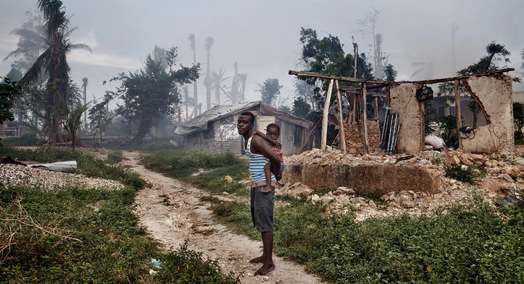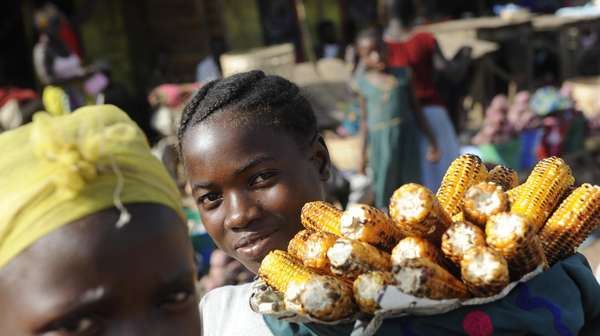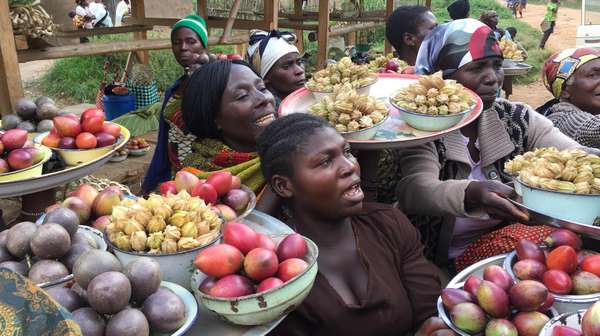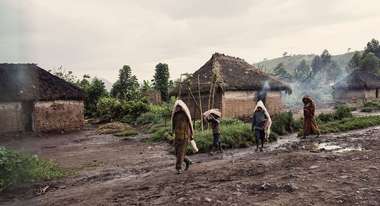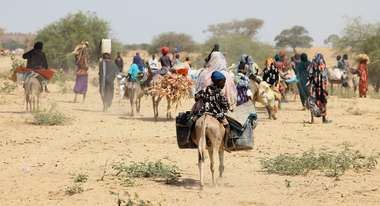Sufficient nutritious food is vital for a healthy life. Welthungerhilfe focuses on achieving sustainable food and nutrition security.
What does it mean to solve world hunger? Probably not what you think.
How exactly can we solve world hunger, and how much would it cost to do so?
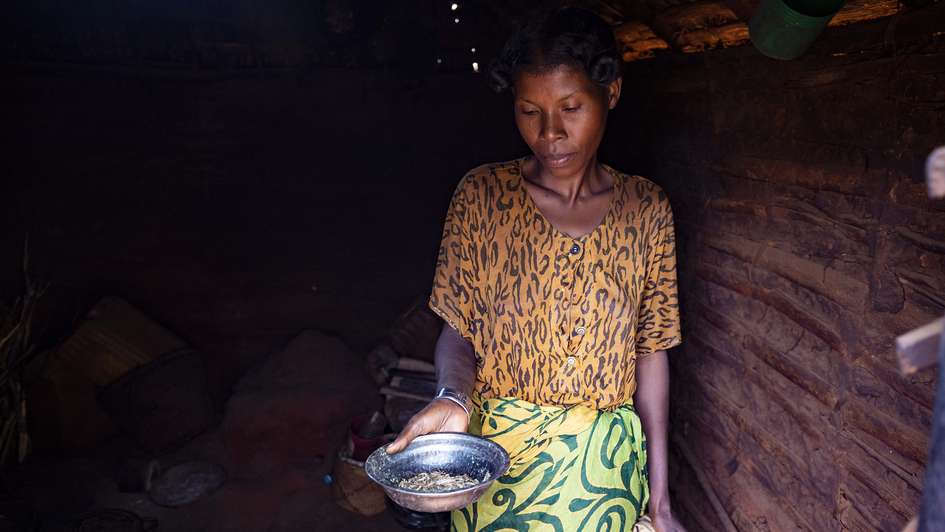
The recent Twitter exchange between billionaire Elon Musk and David Beasley of the World Food Programme has many asking what it would take to “solve world hunger.” The question evolved from a misquote of a tweet from Beasley who originally suggested that $6 billion of Musk’s fortune would save 42 million people from famine. CNN picked up the story with a headline about solving world hunger, and Musk responded by saying he would cough up the funds if Beasley could explain exactly how his $6 billion would do just that. Beasley rightfully clarified that his point was that the $6 billion would feed 42 million people on the brink of famine, but the Twitterverse’s curiosity was piqued: how exactly can we solve world hunger, and how much would it cost to do so?
Zero Hunger - What does it mean?
CNN and Musk’s focus on the question about how to solve world hunger did not come out of the blue. In fact, the second Sustainable Development Goal agreed upon by the United Nations is to “End hunger, achieve food security and improved nutrition and promote sustainable agriculture.” The goal, in short, is referred to as “Zero Hunger.” But it is not clear what Zero Hunger really means. How is this defined, and how will we know if the world has achieved it?
Key to answering these questions is the need to acknowledge that even in the best-case scenario, there could be times when people in any country in the world might face food insecurity, starting with questions about where their next meal might come from. The challenge is to ensure that there are adequate safety nets in place—locally, nationally, and internationally—to respond in those times of need so that food insecurity does not result in hunger. Just as most economists and social scientists accept that there is a need for unemployment benefits, healthcare benefits, and housing support for those who fall on tough times, planning for Zero Hunger must include safety nets that supplement diets when times are tough.
Safety nets are inadequate worldwide
So how can we wrap our heads around the idea of Zero Hunger? It must be understood in two parts – first, all households must be supported in developing the means to feed themselves the vast majority of the time either through food they have produced on their own or food they can purchase. Achieving this requires increased support and resources for agriculture, education, infrastructure, women’s empowerment, and other sectors. The second part of the framework, though, is that adequate safety nets must be developed so that when periodic food needs arise there is sufficient support to provide for those in need. The Covid-19 pandemic provides a case in point for this second aspect of eradicating hunger. Even in many wealthy, developed countries, food insecurity increased as a result of the pandemic, and though there were shortfalls and inefficiencies in the systems, substantial governmental and non-governmental responses significantly helped to fill those dietary needs. Even in countries not known for hunger, there is still a need to fill these gaps in hard times.
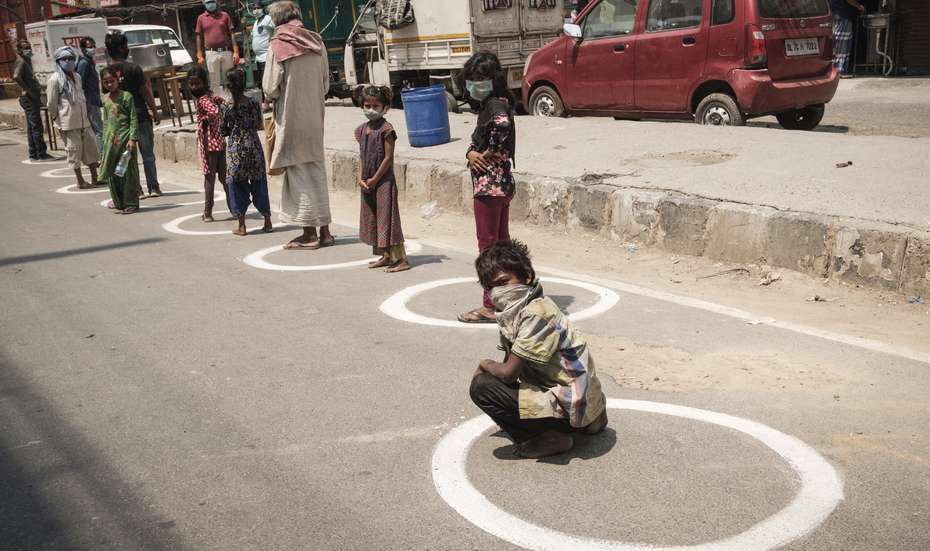
To be clear, the current state of the world falls short on both fronts. Way too many people face chronic hunger and are unable to produce or purchase their own food on an ongoing basis. At the same time the existing safety nets are insufficient to cover the food needs of those in crisis. The World Food Programme struggles to find $6 billion to avert famine for 42 million people, let alone to support those who face crisis or emergency food needs that are not as severe as impending famine.
Where does this leave Elon Musk and David Beasley?
Definitions, effects, causes: Learn all about hunger, why 815 million people do not have enough to eat and what can be done about it.
Where does this leave Elon Musk and David Beasley? On the one hand, one can almost hear in Musk’s initial response to Beasley a taunt that perhaps we can never really eradicate hunger. Perhaps Musk is right, but in the sense that he—and perhaps the world as a whole—misunderstands what it means to solve world hunger. There will always be cycles of economic downturns, pandemics and wars, droughts and flooding. We must work to reduce the frequency of these factors and lessen their magnitudes when they occur, but we will still need to be prepared with safety nets in times of emergency. The existence of those safety nets doesn’t mean the system is broken, it means it is working as well as possible in an imperfect world.
But Musk is on point—and certainly Beasley would agree—in his implication that it will take much more than $6 billion to reduce the chronic hunger that is so pervasive in today’s world. It can be done, but it is a different sort of work than the emergency food aid that WFP provides. Perhaps Beasley could put Musk in touch with his colleagues—those at the UN Food and Agriculture Organization, UNICEF, UN Women, the UN Development Programme, and others—to talk about the budget needed to build that sort of lasting change. Keep an annual line item for safety nets, though, because inevitably, realistically, they must be part of a successful plan.
Jill Bernstein is the Data Team Manager and a contributing author to the annual Global Hunger Index reports. The opinions here are the author’s own.
